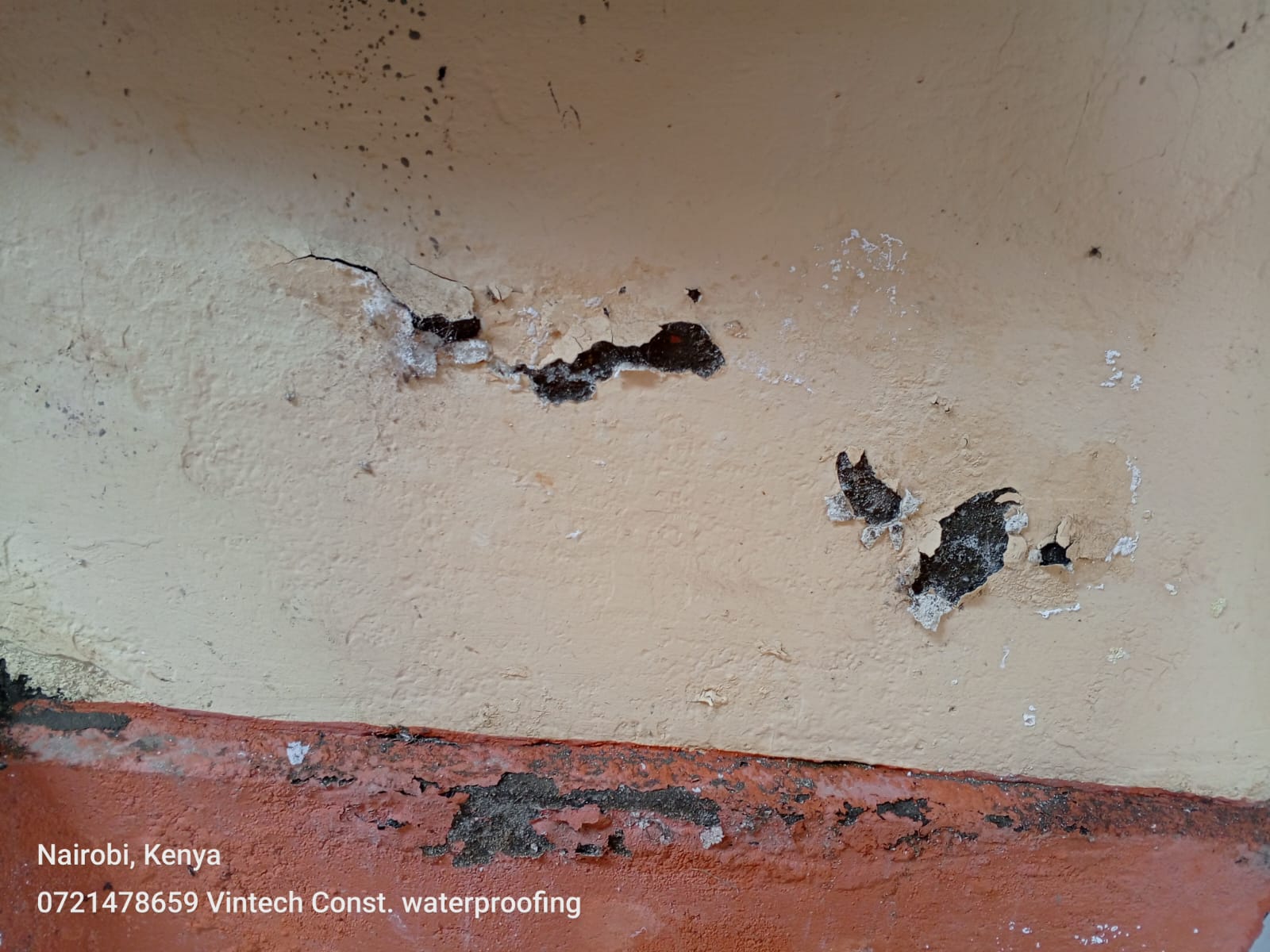Wall Dampness Treatment
Wall dampness is a common issue caused by moisture penetrating through walls, which can lead to mold growth, paint peeling, and structural damage. Treating damp walls effectively is essential for maintaining a dry, healthy environment. Here’s a step-by-step guide on wall dampness treatment.
Identifying the Source of Moisture
- Rising Damp: Groundwater rising through porous materials, such as bricks and mortar, due to capillary action.
- Penetrating Damp: Water enters from outside due to cracks, faulty gutters, or poor external wall conditions.
- Condensation: Moisture forms inside buildings due to poor ventilation and high humidity levels.
Surface Preparation
- Removing Damaged Plaster or Paint: Scraping off flaking or damaged material is necessary to prepare the wall for treatment.
- Cleaning the Surface: Mold and mildew should be removed using appropriate fungicidal washes to prevent further growth.
- Drying the Area: High-powered fans or dehumidifiers are used to ensure the area is completely dry before applying treatment.
Application of Waterproofing Agents
- Damp-Proof Paint or Sealants: Special waterproof paints can block moisture from penetrating the wall surface.
- Waterproof Membranes: Installing membranes creates a physical barrier to prevent moisture penetration.
- Chemical Injection: Injecting damp-proof chemicals into the wall forms a barrier to rising damp, stopping water movement.
Repair and Finishing
- Replastering: After applying treatment, the wall is replastered using moisture-resistant materials.
- Repainting: Once the surface is dry, repaint using breathable, mold-resistant paints.
Improving Ventilation
- Installing Ventilation: Ensure good ventilation inside the building to prevent condensation buildup in the future.
- Using Dehumidifiers: Dehumidifiers help reduce humidity levels in areas prone to dampness.




